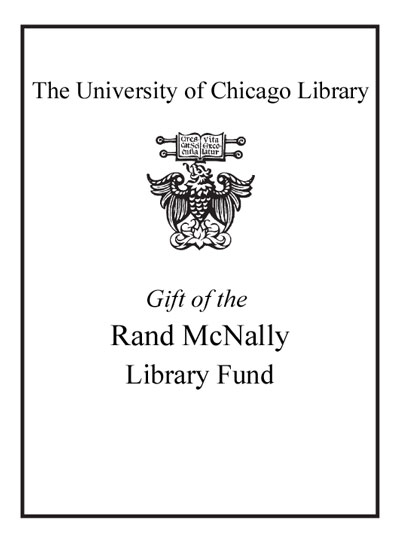Review by Choice Review
What value do maps have in the age of ubiquitous geographic information delivered digitally on mobile devices? Bruce (emer., Univ. of Illinois Urbana-Champaign) directly addresses this question in eight conceptual chapters highlighting the importance of maps for developing thinking and learning in a variety of educational contexts. A computer scientist who taught in the UIUC Department of Information Science, Bruce demonstrates breadth of knowledge in teaching and learning through brief snapshots focused on educational applications of, e.g., maps, globes, global positioning system (GPS) technologies, and the freely available OpenStreetMap database. Although the examples presented include several familiar to most geographers, including Dr. John Snow's London well (cholera spread) and geologist William Smith's strata (biozones), Bruce also includes several unique illustrations of map use, e.g., Parisian street signs, humanitarian aid mapping in Nepal. He adopts a primarily theoretical perspective on maps as used for understanding the world, influenced by distinguished historical educators (Lucy Sprague Mitchell and John Dewey). Each chapter includes multiple illustrations of maps used as "thinking tools," reinforcing the general importance of spatial thinking alongside literacy and numeracy. Although brief, this text provides important insights for general readers and will also be welcomed by geographers, spatial humanities educators, and practitioners working in social studies, science, and early childhood education. Summing Up: Highly recommended. Lower- and upper-division undergraduates. Graduate students, faculty, and professionals. General readers. --Christopher A Badurek, SUNY Cortland
Copyright American Library Association, used with permission.
Review by Choice Review

